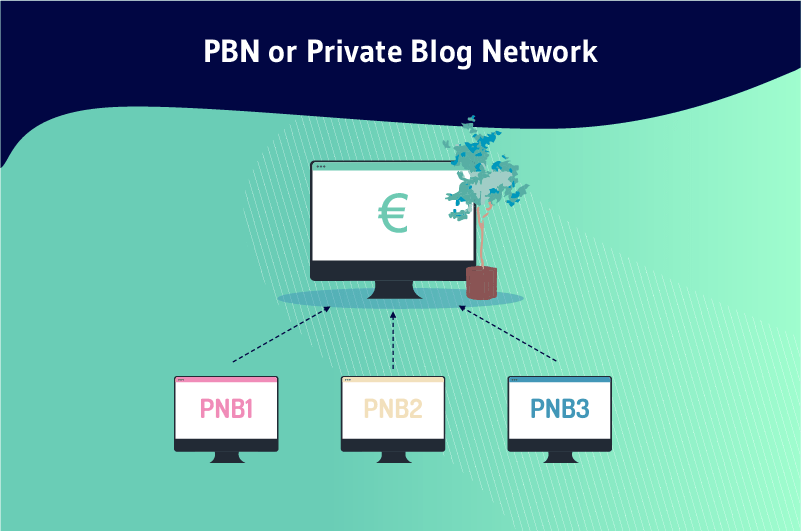A private blog network (PBN) is a network of websites allowing to create backlinks to influence the authority of another website considered as central. Otherwise, it is a list of independent sites linked to a central domain to give it link equity and improve its ranking
In the competitive world of the web, the private blog network strategy was invented and seemed to be a perfect solution that webmasters use to rank high in SERPs.
Even though it does not strictly follow Google’s SEO guidelines, it is a common strategy that has allowed webmasters to gain backlinks very easily, thus raising the authority of their website.
So,
- What is a private blog network?
- How to create a private blog network?
- And how to manage a private blog network?
It is exactly around these questions that we will develop this article. Continue reading this article to find out more.
Chapter 1: What is a private blog network?
In this first part, we will discuss the essential points for a perfect understanding of the term.
1.1. meaning and history of PBN
As defined above, private blog networks are a set of websites created to improve the SEO of the owner’s main website or blog (money site). The main purpose of PBN is to rank this website better in the search results.
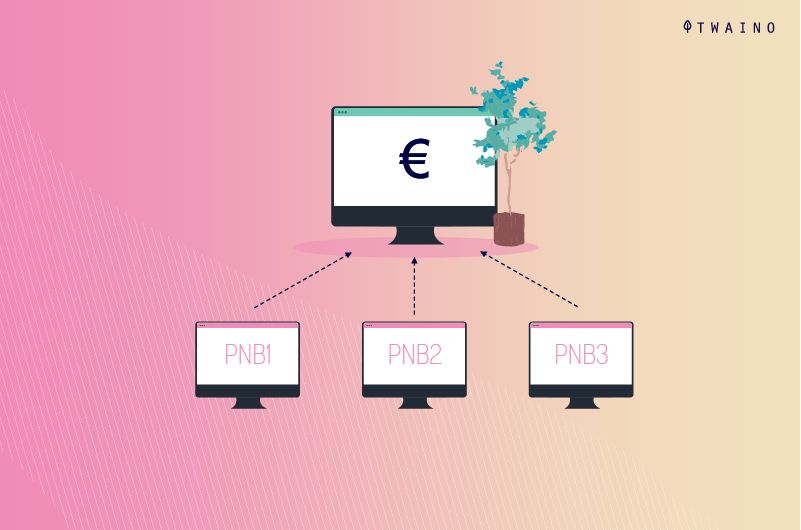
If we are going to schematize this, we will see a PBN as a main website with ten or twelve micro-sites orbiting around it, each providing backlinks to the ”money site”
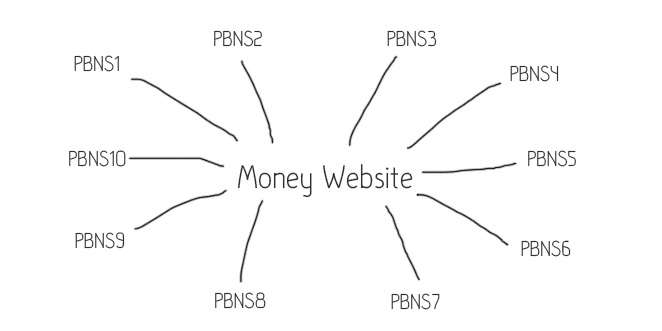
Source abbasravji
These microsites are usually inactive or contain poor quality content, and are designed to fool Google’s algorithms into thinking they are legitimate.
Typically, PBNs are created from websites built on expired domains that have excellent backlink profiles. These domains pass on high levels of link equity to the main site, via the link and help it rank higher in search engines.
PBNs are built in such a way that none of the websites in a PBN appear to be linked to other sites in the same network.
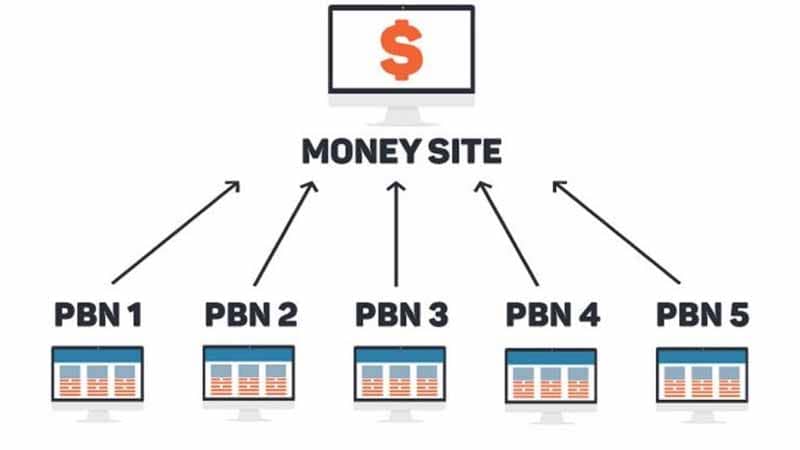
Source fernandoraymond
According to Google, users have been searching on private blog networks since 2005. So it’s safe to assume that this technique has been around for over a decade and is used by many SEOs
In 2010, private blog networks began to appear in instant messaging forums.
By 2014, PBNs had lost much of their momentum due to Google imposing penalties on several public networks. In recent years, PBNs have once again gained significant momentum
This is because SEOs are realizing that it is difficult for Google to locate a well-established private blog network that does not sell any links.
1.2) How does a PBN work?
Understanding how a PBN works starts with a basic understanding of the importance of backlinks and authority
Simply put, a backlink refers to a link from a third-party site that points to your site. Backlinks are built organically when your site provides such basic or authoritative content that another site, in essence, cites your site via a link.
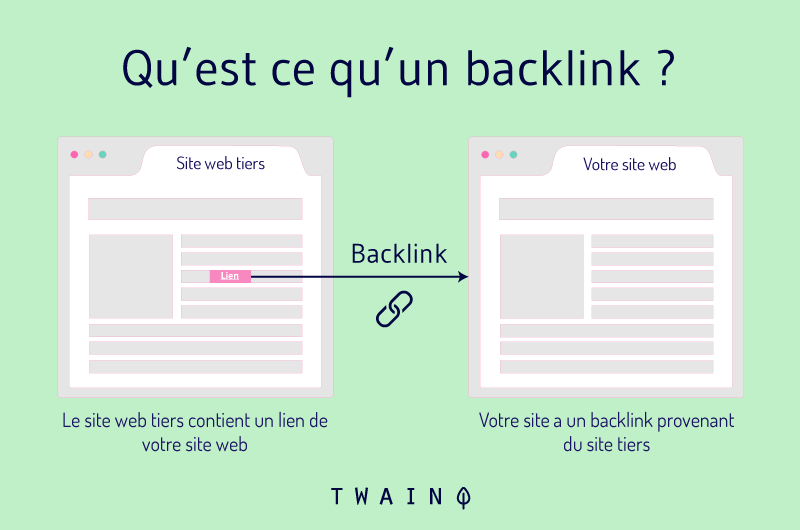
This link signals to search engines that your site is an authority on the topic, which positively influences your site’s ability to rank highly for searches related to that topic. The more links, the greater the authority signal.
Getting more from these sites and linking to your financial site helps you strengthen your link profile and get higher rankings
PBNs work
- Either by buying a collection of expired domain names that already have established authority ;
- Or by purchasing and registering a variety of domains at once, and building their authority
Once the network is established, the domains are then used to publish basic content including links to the main website.
1.3. PBN and Google de-indexing
People are often afraid of PBNs after hearing many stories of de-indexing and penalties
But if you follow the steps correctly and rely more on quality rather than quantity, you will find that your PBNs will have a very high success rate.
The question is asked as to why PBNs get de-indexed
The answer to this is that a PBN violates Google’s general webmaster guidelines and does not fall within the realm of Google’s pure ”White Hat” SEO strategies.
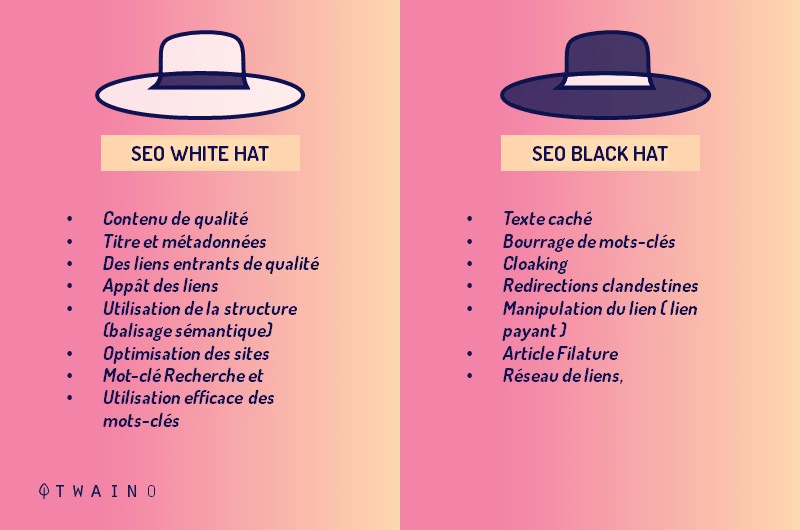
It is important to remain aware of the many mistakes you can make that could potentially lead to the de-indexation of your PBN.
In most cases, if your PBN has been de-indexed, it’s probably not because Google thinks it’s a PBN, but rather, it was considered a spam or low quality domain with a number of negative signals.
Building a successful PBN can cost you a lot of money, time and effort. So it is imperative that you respect the process and focus on its ability to last for many years to come.
1.4. Why do many people use a PBN?
Backlinks greatly influence Google rankings, and organic links often take a long time to earn
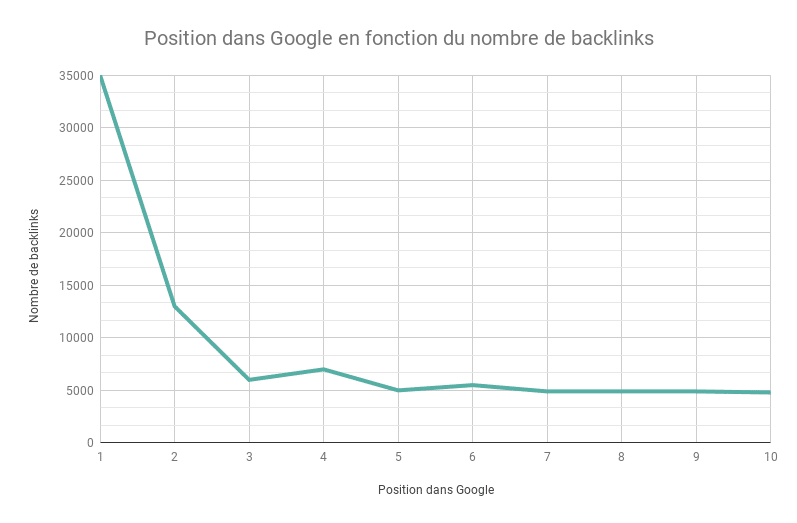
Building ethical, high quality backlinks, true white hat links, requires the development of not only good content, but quality content.
PBNs bypass the need to earn links and allow Whit hat to manipulate their own link acquisition
Since you own multiple domains, you have an almost unlimited opportunity to cultivate your own backlinks and fool search engine spiders into thinking you have authority, whether the target content is link-worthy or not
You also have the ability to precisely control and select the anchor text of your links, ensuring that they are optimized and relevant
Thus, the opportunity to increase backlinks at a rapid pace can create instant or very rapid operating authority
This translates into inauthentic, yet valuable, positioning in search engine results page (SERP) rankings, at least temporarily.
1.5. What are the risks of PBN?
Google wants your site to be found organically by its users, so its algorithms ensure that your content is relevant and spam-free
Therefore, if Google suspects that you have violated its guidelines, you will be penalized.
How Google penalizes you will vary depending on the severity of your violation, but it could have disastrous consequences for your website and your business
Penalties generally fall into two camps: Manual penalties and algorithmic penalties
They are defined as follows:
1.5.1 Manual actions
If someone at Google reviews your site and suspects that you are using a private blog network to build links, they may issue a manual penalty. This involves being contacted via your Google Search Console account and being notified.
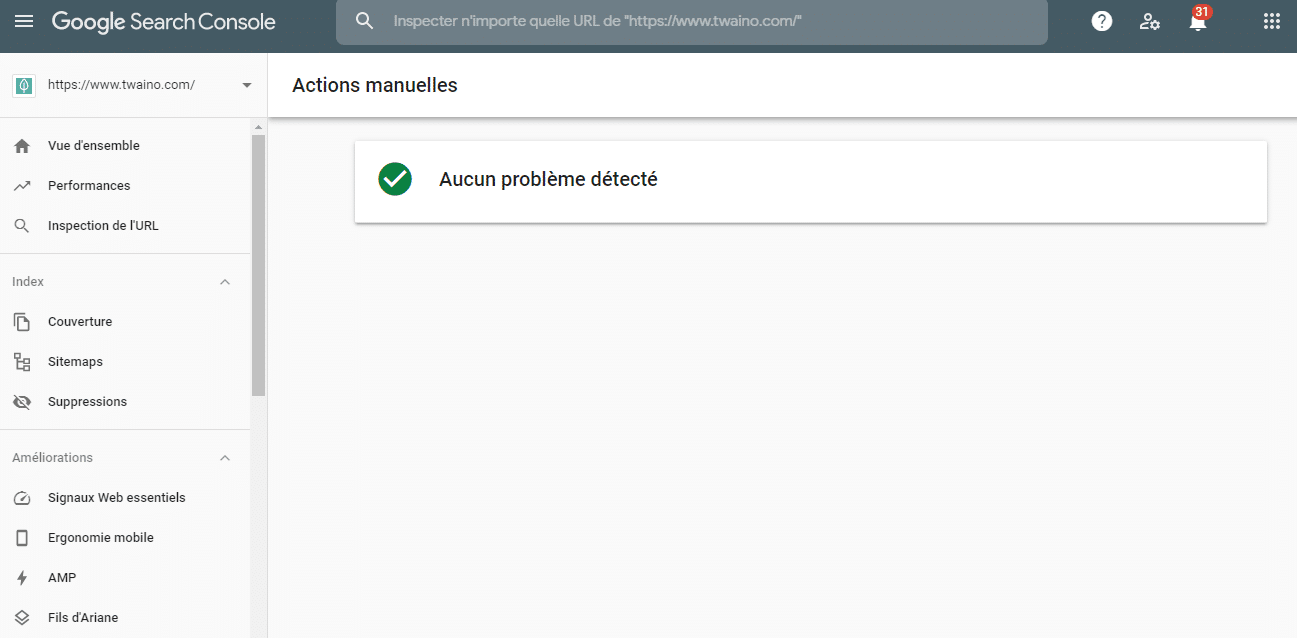
You should have the opportunity to change your practices to remove the penalty, which means deleting all your microsites and changing your link building strategy
Either way, it will be expensive and time consuming for your business and you will have to start over once everything is done.
1.5.2 Algorithmic penalties
Algorithmic penalties are more severe and harder to undo than manual penalties
These penalties are given when Google’s algorithms spot actions that don’t meet its guidelines. You will likely suffer a sharp drop in your ranking, usually without warning
Individual pages may also be penalized, or entire sites may be removed from Google’s index as a result.
But that’s not all. There are several other drawbacks to using personal blog networks. These include:
1.5.3. Wasted time
A lot of your valuable time will be spent manipulating Google into thinking your microsites are legitimate
Once you set up these sites, you will have to commit to creating content for them on a regular basis. If Google suspects that your sites are inactive, they may downgrade them.

It is recommended that you publish once a week and the sweet spot is usually between 500 and 1000 words
If you have ten microsites providing backlinks, that’s a minimum of 50,000 words per week for sites that aren’t even making you money
Plus, if you don’t write these articles, you’ll have to pay someone else to write them, which brings us to our next point
1.5.4. Losing Money
If you want to participate in a PBN, you are going to need a lot of money to invest in these different sites. Established domain names with good link profiles don’t come cheap, so you will have to design and maintain them.
You’ll also have to pay hosting fees for each site, and you’ll probably have to use separate hosting platforms if you want to avoid getting caught.
Essentially, you’re spending money to create fake websites that don’t contribute to your revenue and could destroy your business.
Chapter 2: How to create a PBN?
To fully understand whether private blogs are something you should do for your business or not, let’s dive into the actual process of creating a network.
2.1. Search for good domains
The power of PBNs lies in the fact that the domains you should buy already have DAs, TFs and CFs. The age of the domain, the link profile and others determine the scores found in the metrics. Therefore, you are not registering a brand new domain
By leveraging its existing power, you can boost your PBN link building strategy by forcing as many sites to link to your landing pages as possible.
Here’s a video from Twaino that shows you how you can buy your own domain name
There are several methods of obtaining domains and here is the order of obtaining them that we suggest:
- Auctioned (Most powerful): the age of the domain does not drop, as the registration is taken over before it is deleted.
- Deleted: You will lose the power of the age, but it will still be very effective. There are certain things you should and should not do.
- Sellers: These are people who buy domains from many different methods. You can find good ones and bad ones.
- Drop Catching: Here they often use a back order service to catch domains as they fall with a pre-selected bid. Not as good as auction, but better than expired.
2.2. domain registration
Register all your domains with a trusted registration company
If you bought the domain name in another registrar auction, it is best to move it to a trusted registrar. This is to make it easier for you to manage and keep it safe.
You can register domain names where the prices are fixed and you will not encounter enough difficulties with your domain.
2.3) Choosing the CMS for the private blog network
WordPress CMS is quite easy to integrate and it will take extremely little time compared to other CMS
In addition, you will find a selection of free themes and plugins at your fingertips that will help you easily differentiate your websites and blogs from each other.
An easily manageable CMS is highly recommended for better performance and time savings. You won’t need to be a WordPress expert to create blogs that stand out.
So, create your blogs using WordPress blog hosting to create self-hosted WordPress blog networks.
2.4. Creating the site
If you are familiar with creating a site, the same concept applies here. Assuming you have successfully registered the expired domain and signed up for hosting for it, you can install your favorite CMS on each domain to help you manage their respective content
If you want to be careful and hide your online footprint more effectively, you can choose other self-hosted blogging platforms like Joomla, Drupal, Etc.
Installing each site by yourself will be daunting, especially when you start managing more than 10 sites in your network. The process of flushing the installation of each site on your web host will take its toll
Not to mention that you need to organize all the information for each site (registrar, credentials, etc.) so that you don’t lose it.
Therefore, from the very beginning, you should strongly consider a specialist to help you with the construction of the site. Let this person handle the development of your blog network for you while you focus on more important matters.
2.5. Content creation
Since the purpose of private network blogs is to help you build a link profile for your site, content takes a back seat in both quality and quantity
While it doesn’t hurt to publish several pieces of content on your blogs per day, you don’t have to. You can simply hire a writer from Upwork or Fiverr to write passable content that is good enough for casual reading.
Make sure your articles are at least 600 words to make them more than just “thin content. One of the criticisms that PBNs receive from Google is publishing content that has no value and offers no compelling ideas on the topic.
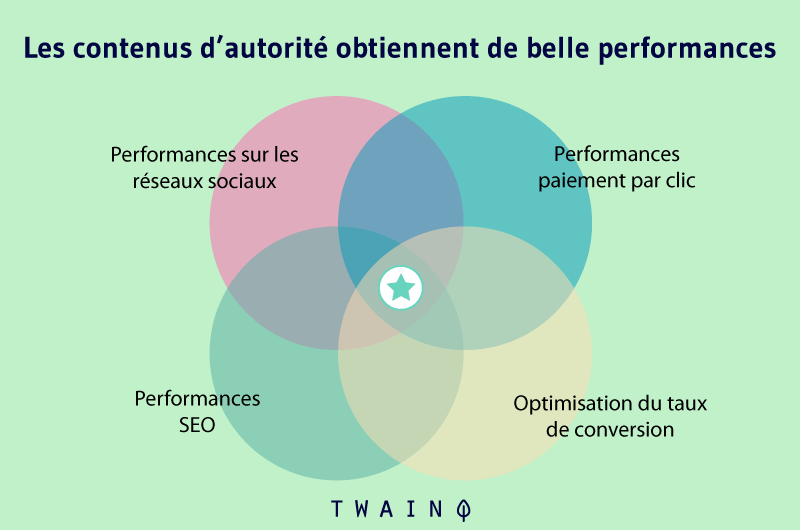
While word count is not the best indicator of quality, it does allow you to provide enough detail to your readers about your topic.
In addition, you should format your content with subheadings, images, embedded videos, links to relevant resource pages and others to make it more dynamic compared to articles published on other PBNs.
2.6. Linking from your PBNs
As a best practice, do not link to your site yet before publishing articles. It is advisable to do so after you publish an initial article
Also, make sure to publish unique content on your blog to increase the freshness index of each blog. You can schedule new articles to be published every month for this purpose.
When linking to your site, avoid exact keyword matches as anchor text to avoid the risk of over optimization
It’s best to diversify by using long tail keywords, branded keywords or even bare URLs as anchor text.
2.7. Tools for building a PBN
- ExpiredDomains.net this is a free service to use that many people like for expired domains. It is a decent tool that will allow you to check all the domains that have expired.

- Dom Recovery this tool will help you copy websites from the Wayback machine, so you can take a full copy of any website archived on the Wayback machine archive and install it on the expired domain in a few simple steps. It saves a lot of time when creating your own website network.
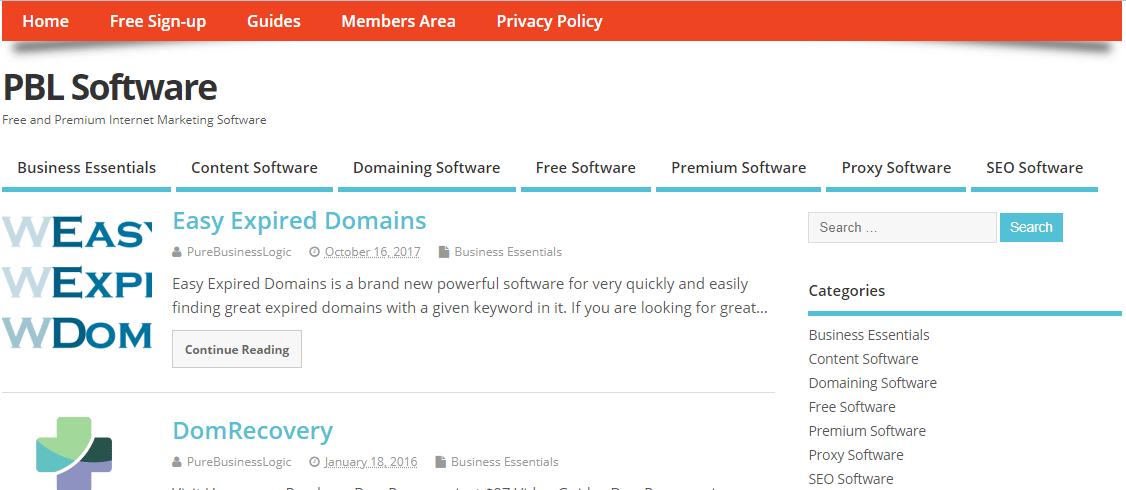
Conclusion
In the end, using private blog network is a risky solution In this article, I have defined the concept of PBN and given some good practices to follow
Note that for my agency Twaino, the creation of PBN is a Black Hat technique that should not be used because of the many risks
In my opinion, it is better to invest all that time and money in the effective optimization of your main website.
What about you? What do you think about this technique?

